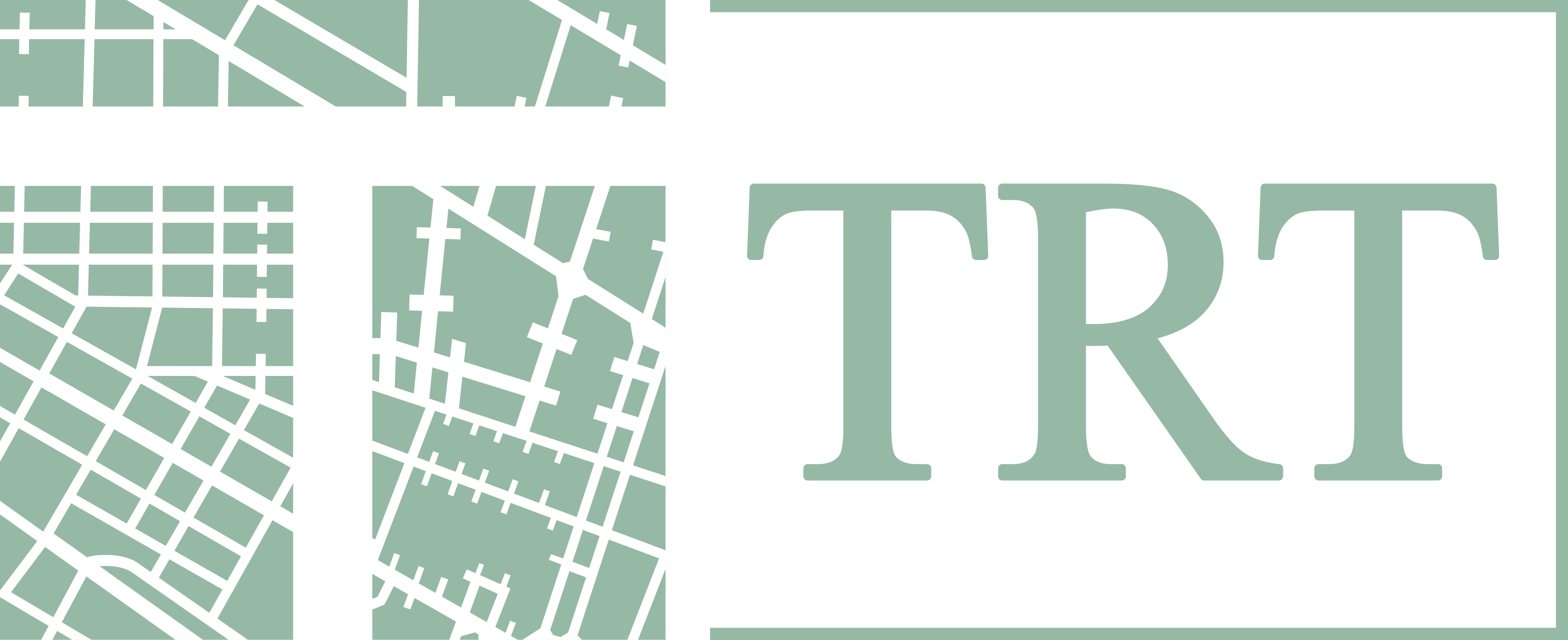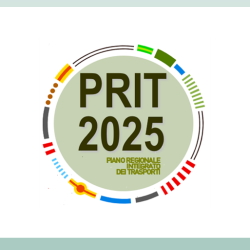
Why MOMOS
- Managing mobility problems is one of the most complex challenges facing city administrations.
- On the one side the need to provide efficient mobility solutions for citizens while on the other the necessity to fight against the consequent negative effects.
- Keeping balance between mobility needs and quality of life in the urban areas is a difficult task, especially when public administrations have limited financial resources.
- As the challenge is complex and resources are scarce, it is essential to set up an integrated strategy able to apply sustainable mobility policies evaluated in a scientific and measurable way.
What is MOMOS?
MOMOS (Sustainable MObility MOdel) is an assessment tool that offers support to analyse different policies for sustainable mobility in urban areas (momos-model.eu). It can be adapted to different urban contexts and Italian or European geographic areas. The model can be applied to urban areas in the EU27 Member States, the United Kingdom, Norway or Switzerland.
It requires less data and can be applied within much shorter times and at lower costs in comparison with traditional simulation models. Moreover, it does not require sophisticated user skills.
MOMOS allows city administrations to make a quick scan between alternative hypotheses of intervention providing the orders of magnitude of the needed resources and expected impacts on yearly basis. The model is able to provide 30 years of simulation, e.g. for the period from 2020 to 2050.
MOMOS does not intend to replace sophisticated transport models, but allows for an evaluation of alternative solutions that is:
- strategic
- quantitative
- theoretically found
- adapted to an specific context
- adaptable for limited time and resources.
How MOMOS works?
Developed in Microsoft Excel environment, MOMOS consists of four sections:
- Adaptation of the model to the specific characteristics of the study area;
- Selection of exogenous factors for the construction of the reference scenario;
- Definition of intervention policies and strategies through the selection of specific sustainable mobility measures;
- Quantitative results where the impacts of the intervention strategy are compared with the reference scenario during the 30 years of simulation, by using indicators calculated on yearly basis.

Policy measures simulated with MOMOS
The key component of MOMOS is represented by the features offered for the selection of urban mobility policy measures and their adaptation to the study context.
The measures included in MOMOS are of different nature and their selection was based on recent important European programs and projects such as CIVITAS, EPOMM, ELTIS and EIT.
Measures can be simulated individually or can be used to build policy packages activating multiple measures.
Importantly, MOMOS has pre-coded values for all kinds of measures. Still, in many cases it is possible to specify more precise values that better reflect the characteristics of the area under consideration.
For each measure it is possible to set a proper starting year, thus allowing to design intervention strategies considering also the temporal dimension, assuming that some policies will be implemented first while others at a later stage.
| VEHICLE FLEET AND CHARGING INFRASTRUCTURE |
|
| INNOVATIVE AND SHARED MOBILITY SERVICES |
|
| TRANSPORT INFRASTRUCTURE |
|
| TRAFFIC MANAGEMENT AND CONTROL |
|
| TRANSPORT AVOIDANCE |
|
| PRICING SCHEMES |
|
| URBAN LOGISTICS |
|
MOMOS indicators
Quantitative indicators are calculated by MOMOS both for the reference scenario and the policy scenario for 30 years on yearly basis. They show the impacts of the selected measures and their trend over time.
As well as measures, the indicators are also divided into different categories:
- transport indicators
- environmental indicators
- economic indicators

Analysis with MOMOS
By analysing the MOMOS’ indicators it is possible to understand how the performance of the transport system could improve as a result of the measures applied, what would be the overall cost of the strategy and which would be the impacts on the environment and on safety.
The analysis with MOMOS therefore makes it possible to carry out a quick overview of different alternative strategies and to identify the most promising combination of policies to achieve the expected objectives.
MOMOS thus represents a valid support in the construction of plan scenarios and in the evaluation of Sustainable Urban Mobility Plans (SUMPs).

MOMOS application
MOMOS has been used for several applications to support Sustainable Urban Mobility Plans (SUMP) in Italy, as well as for the analysis of transport policies for sustainable mobility in different European cities.
MOMOS was applied for TRT’s contribution to the second edition of the MobilitAria 2019 report. The goal was to simulate the effects on the mobility system and the environment generated by the introduction of measures in favour of electric mobility in Turin, Milan, Bologna and Bari.
Additional insights (Italian only):
- Download TRT presentation;
- Download MobilitAria 2019 report
- More presentations of the event are available on moversincitta.it.
In more detail, the MOMOS model has been applied to the following projects:
Information and contacts
The experts from TRT Trasporti e Territorio are available to provide more details on MOMOS model and on its potential applications.
Francesca Fermi
Francesco Chirico
Ivan Uccelli
Stefano Borgato








